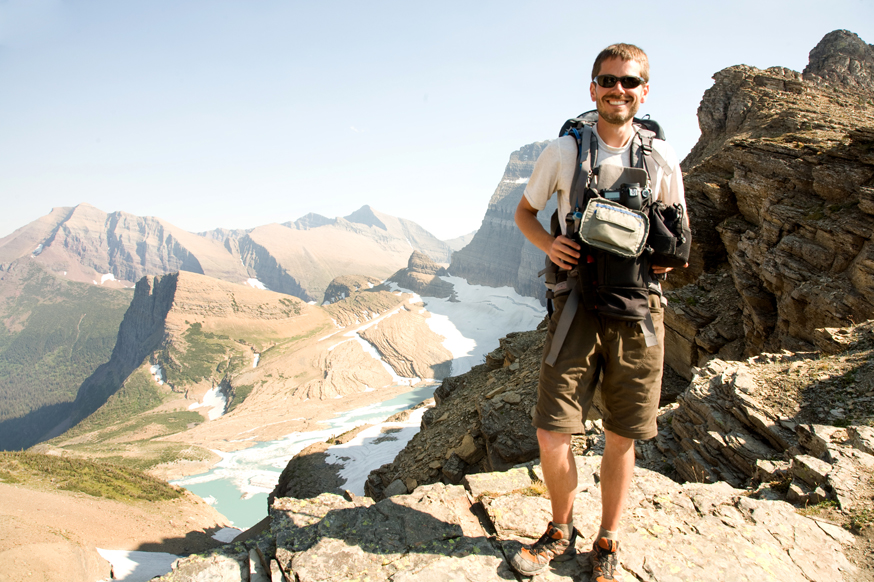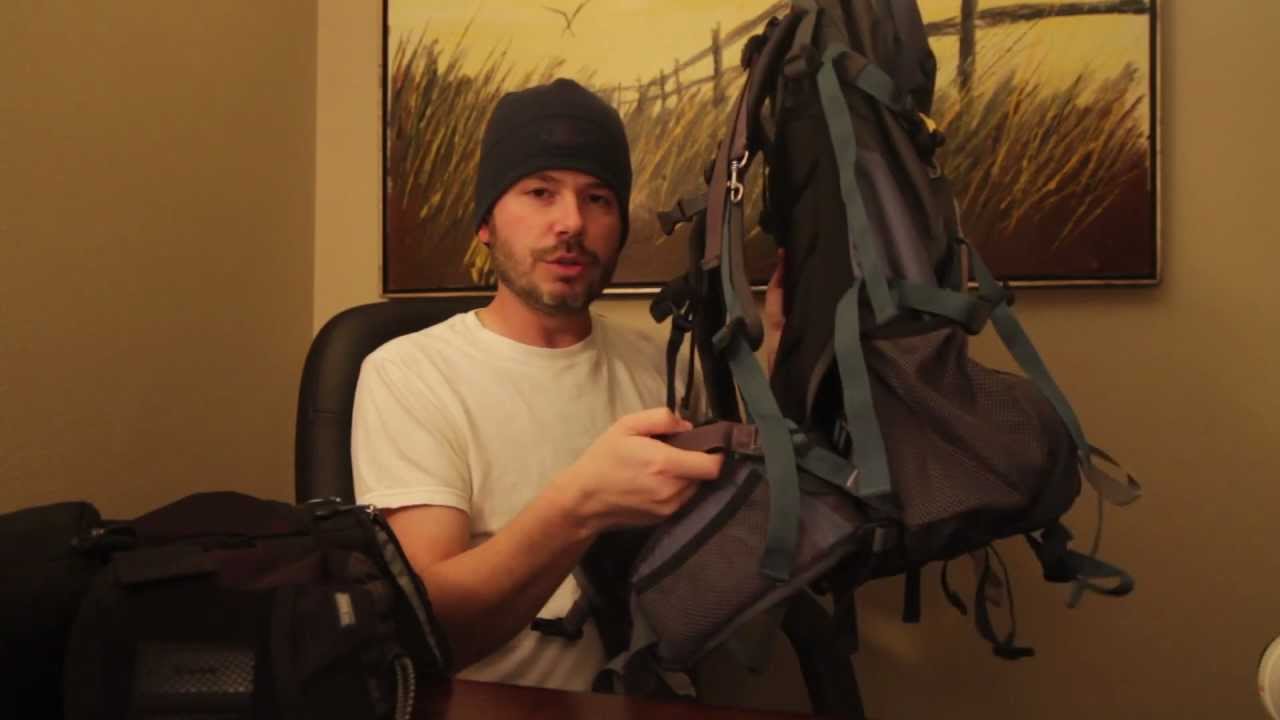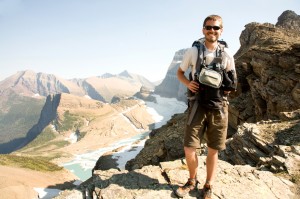One of the greatest challenges of being a backpacking photographer/videographer is how to haul around your DSLR in a way that’s relatively comfortable and accessible. I hiked over 1,200 miles in Glacier National Park with my DSLR Camera setup (which I blogged about) using a couple of great pieces from ThinkTank Photo. The case and the camera connection kit are listed below.
I would love to hear what solutions you’ve come up with! Please post them in the comments below.
ThinkTank Photo Digital Holster 30 V2.0
ThinkTank Photo Lens Changer 25 V2.0
ThinkTank Camera Support Straps V2.0 (formerly Backpack Connection Kit)





Leave a Reply